Camping, distant work, or disaster preparedness are just a few of the many situations in which a portable power station may be useful. Whether you are off-grid or experiencing a power outage, these little gadgets can keep you connected, charge numerous electronics, and operate small appliances. However, because there are several models to choose from, it is important to prioritize the characteristics that are most important to you. This buyer's guide covers all the bases, from battery life to safety certifications, so you can make an informed decision. Upon completion of this reading, you will be adequately prepared to choose a portable power station that aligns with your requirements and lifestyle.
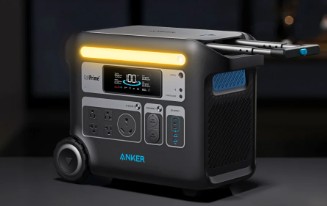
What Size Portable Power Station Do You Need?
Your power consumption demands will determine the appropriate size of the portable power station. Power plants are typically sized according to the amount of energy they can store and provide, expressed in watt-hours (Wh). For example, for short-term charging of phones or small computers, a device with a capacity of around 200Wh is perfect. Larger variants, like the 2048Wh Anker SOLIX F2000, are better suited to power energy-intensive electronics like electric grills and freezers. Choosing the correct size guarantees that you will not have any unanticipated power outages when you need to use your important equipment.
Calculating Power Consumption
First, figure out how much power each gadget you want to charge or operate has. That will give you an idea of how big of a portable power station you will need. If you want to know how much power your laptop, phone, or fridge uses, you should start by looking at their wattage. A small refrigerator may consume 300 watts, but a normal laptop would use only 60 watts. Find out how many hours you intend to use the gadget by multiplying its wattage by that amount. To get a ballpark figure for your power needs, add up the wattage of all your devices. By using this math, you can keep your power station from being overloaded and get the most out of it.
Battery Capacity and Output
Pay particular attention to the battery capacity and output as you browse for a portable power station. A power station's capacity, in watt-hours (Wh), is the measure of how long it can power your gadgets. You can only connect certain devices that have an output in watts (W). For example, the Anker SOLIX F2000 can manage powerful appliances like electric grills and power tools thanks to its 2048Wh battery capacity and 2400W output. Plus, it has an expansion capacity of up to 4096Wh, so it can easily adapt to your changing power demands. Because of this equilibrium, the station is robust and flexible.
Future-Proofing Your Needs
Your power demands may seem modest now, but you should plan ahead for any potential increases or decreases. The more electronics and appliances you bring along on your camping trips, the more electricity you may need. The Anker SOLIX F2000 is a great choice for preparing for the future because of its adaptable power output and capacity expansion. You may add an additional battery and increase the system's capacity up to 4096Wh, so you will not have to buy a new station when your demands change. You can avoid running out of electricity in the future if you anticipate your power demands now.
Which Battery Type is Best for You?
An essential factor to think about when selecting a portable power station is the sort of battery it uses. The two most common types of batteries used by power plants, lithium-ion and lead-acid, both have their advantages and disadvantages. For everyday usage and travel, nothing beats a lithium-ion battery because of its reduced weight, increased efficiency, and extended longevity. In contrast, lead-acid batteries tend to be less expensive, but they are bigger and do not last as long. There are a few factors to consider when choosing a battery type: your budget, the frequency of usage of the station, and the amount of weight you are comfortable carrying.
Lithium-ion vs. Lead Acid
The Anker SOLIX F2000 and other portable power stations are using lithium-ion batteries, which are rapidly replacing other types of batteries. Compared to lead-acid batteries, they are more compact, lightweight, and energy-dense, which means they can hold more power per unit of mass. Additionally, lithium-ion batteries are more dependable in harsh environments, have a longer lifespan, and can withstand more charging cycles. Lead-acid batteries are less desirable for regular campers and tourists due to their weight and inefficiency, although they are less expensive. Most consumers, particularly those looking for endurance, choose lithium-ion batteries due to their greater performance and lengthy lifetime.
Weight and Portability Considerations
It is essential to ensure that the portable power station is lightweight and portable, especially if you want to use it for outdoor activities like camping. Power stations like the Anker SOLIX F2000 are more convenient to transport because lithium-ion batteries have much lower weights than lead-acid batteries. The Anker SOLIX F2000 is very portable thanks to its high-capacity battery, sturdy wheels, and EasyTow retractable handle. Because of its compact size and high power output, this device is ideal for long-distance travel and provides consistent energy no matter where you are.
Charging Cycles and Lifespan
Charging cycles are a common way to assess how long a portable power station lasts. Anker SOLIX F2000 and similar lithium-ion batteries have a much longer lifespan than lead-acid ones due to their greater resistance to degradation over thousands of cycles. This durability is especially helpful if you want to use your power station often or for lengthy periods of time. You can be certain that your investment in the Anker SOLIX F2000 will continue for years to come thanks to its LiFePO4 battery and InfiniPower technology, which together provide a 10-year lifetime.
How Many Charging Ports Do You Require?
The quantity and diversity of charging ports offered by a portable power station should be considered while making your purchase. Having several ports allows your power station to be more adaptable since various devices need different types of ports. For instance, a station with several USB-A, USB-C, and AC connections is ideal for charging phones, laptops, and small appliances all at once. You can charge many devices simultaneously with the Anker SOLIX F2000 since it has 12 connections. If there are plenty of charging ports, you will not have to worry about cutting power to certain gadgets when you really need it.
USB-A, USB-C, and AC Ports
If you want your portable power station to work with all of your gadgets, it has to have several ports. The Anker SOLIX F2000 is capable of charging a diverse array of devices, including mini-fridges, fans, and tiny electronics, due to its numerous USB-A, USB-C, and AC connectors. AC connectors can manage high-power gadgets, while USB-C connections are great for quickly charging modern products. The Anker SOLIX F2000 is ideal for outdoor events, camping excursions, or emergency home backup power due to its twelve accessible ports, which allow you to charge several devices simultaneously.
Solar Charging Compatibility
A portable power station with solar charging compatibility is a must-have for those who love to be outside for long periods of time or who want to use sustainable energy sources. Using the sun's rays to swiftly recharge the Anker SOLIX F2000 is possible thanks to its 1000W solar input. Since conventional power sources may not always be accessible, this makes it perfect for extended camping excursions or off-grid life. Solar charging is an environmentally beneficial and sustainable alternative to the use of gasoline-powered generators, as it offers a consistent energy source.
Fast Charging Features
Quick charging can cut down on the time it takes for your power bank to recharge, so you can go back to what you were doing without missing a beat. Recharging the Anker SOLIX F2000 from zero to eighty percent takes just one and a half hours, thanks to its cutting-edge rapid charging technology. When time is of the essence, such as during a power outage, this rapid response is invaluable. Your electronics and home appliances will always have electricity when you need it, thanks to quick charging features that eliminate interruptions and excessive delays.
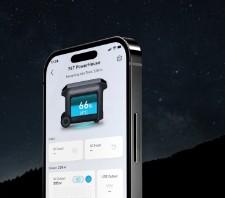
Safety Features and Certifications to Look For
Prioritize safety features and certifications when choosing a portable power station. Inadequate safety features in the design of high-capacity batteries may pose a serious threat. To make sure it works safely, look for models that include features like surge control, overload protection, and temperature management. You may rest easy knowing that your product is up to par with industry safety requirements if it has certifications from reputable organizations like UL or CE. No matter how rough the circumstances, you can be certain that the Anker SOLIX F2000 will keep you safe with its overload protection, fireproof materials, and cutting-edge temperature management system.
Overload Protection and Surge Control
To keep your portable power station and any devices connected to it safe, it has built-in overload and surge protection. When the overall power consumption surpasses the unit's capacity or there is an excessive number of connected devices, the power station will not shut down due to overload protection. Protecting devices from damaging surges in electricity is the job of surge control. You can trust the Anker SOLIX F2000 for outdoor and emergency usage since it has these important safety features that keep your devices safe and working, even when exposed to surges or high loads.
Certifications: UL, CE, and More
Before buying a portable power station, make sure it has the certifications of reputable safety organizations like UL and CE. Products that have earned these certifications have shown themselves to be safe and effective via extensive testing. When you buy a certified device, like the Anker SOLIX F2000, you know it puts safety first. You can be certain that your power station is safe to use since it has been UL and CE certified, which means it has passed rigorous tests for electrical safety, fire dangers, and mechanical stability.
Fireproof Materials and Heat Dissipation
When using high-power equipment, portable power stations may produce a lot of heat. Models with effective heat dissipation systems and fireproof construction are your best bets for keeping everyone safe. Built with heat-resistant materials and equipped with a state-of-the-art temperature management mechanism, the Anker SOLIX F2000 helps keep it cool even when used for long periods of time. Users who want to use their power station continually or in hot situations should prioritize this since it decreases the danger of fire and increases the unit's lifespan.
Conclusion
Choosing the best portable power station involves understanding your specific power needs, selecting the right battery type, and ensuring that the unit comes with sufficient charging ports and safety features. The Anker SOLIX F2000 is an exceptional choice because of its adaptability, 2048Wh of power, rapid charging capabilities, and capacity to support several gadgets at once. Outdoor enthusiasts, homeowners, and anyone else in need of dependable backup power will find it to be an ideal option because of its improved safety features, solar charging capabilities, and sturdy, portable design. By evaluating these variables, you may choose the most suitable portable power station for your needs.


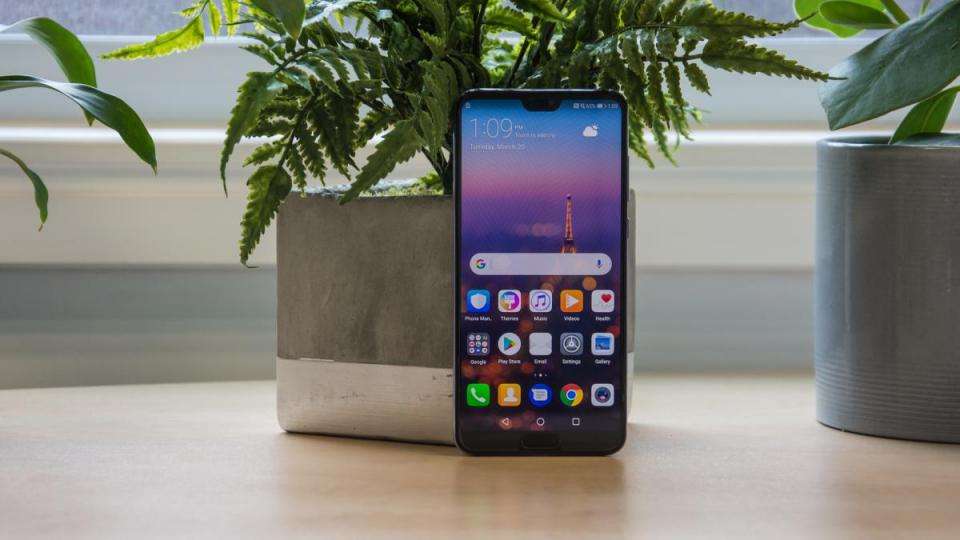
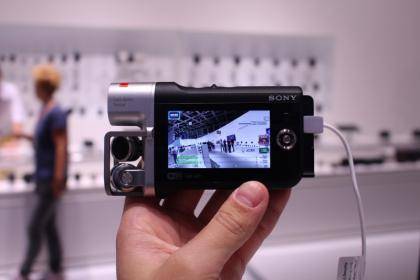
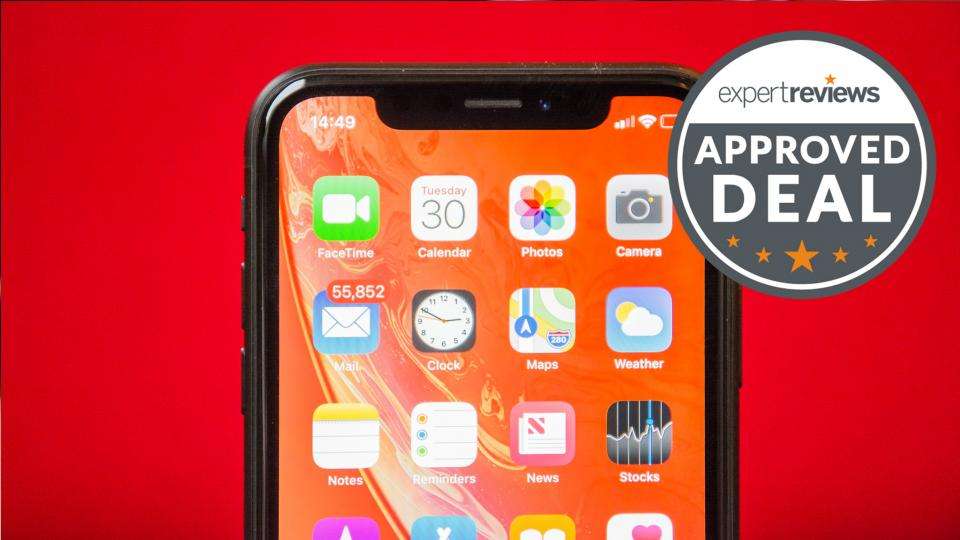
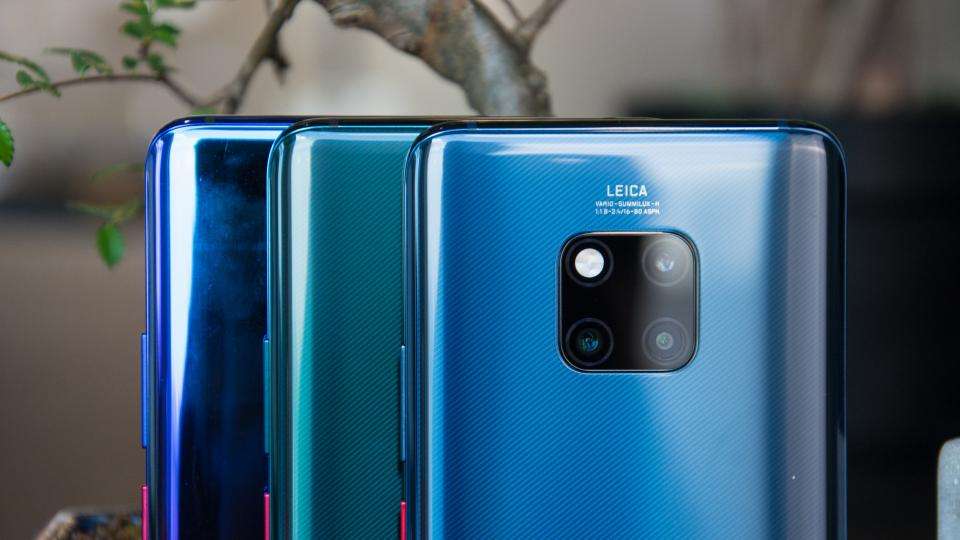
Leave a Reply